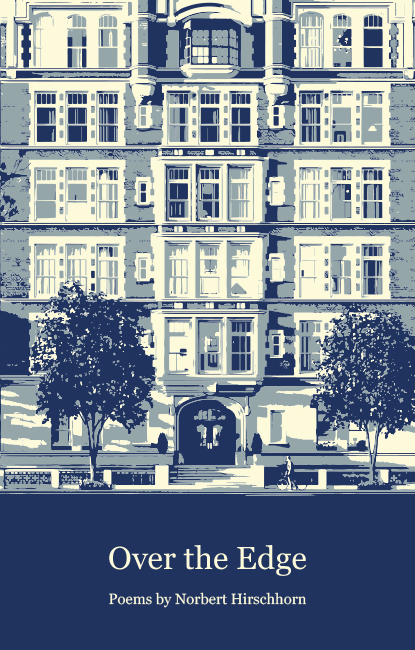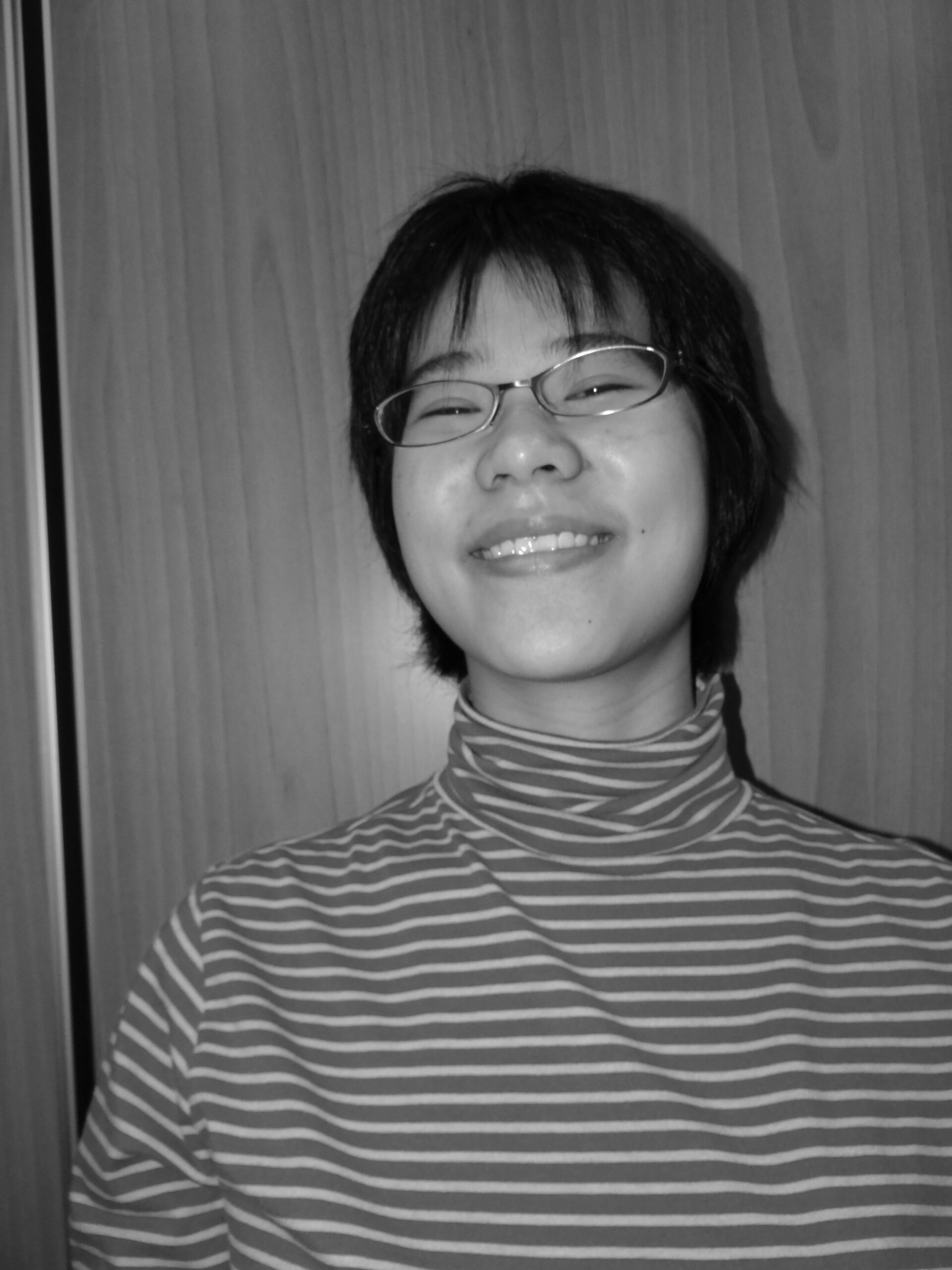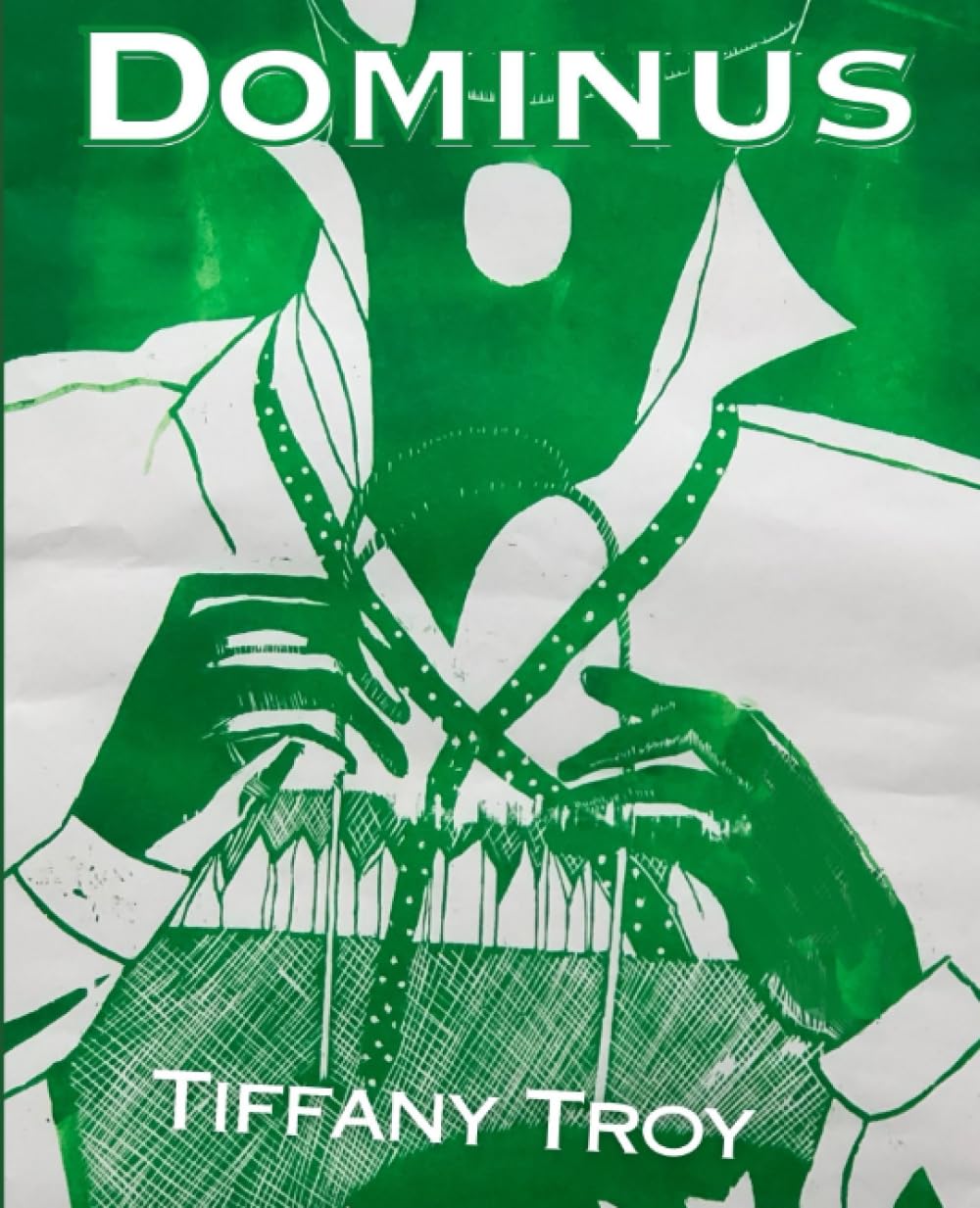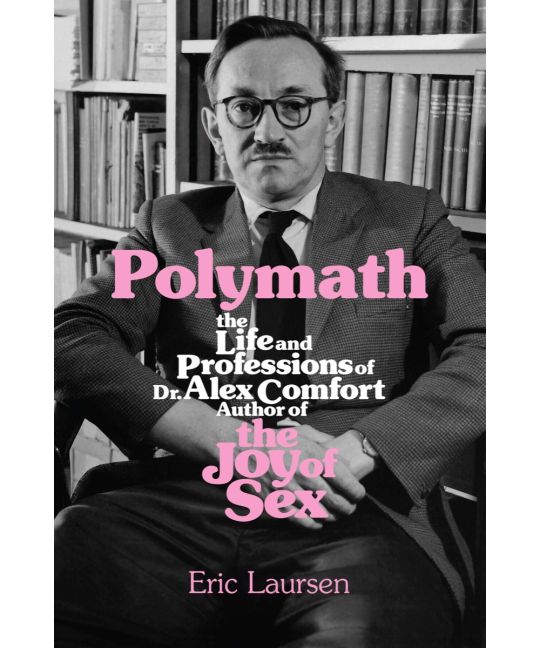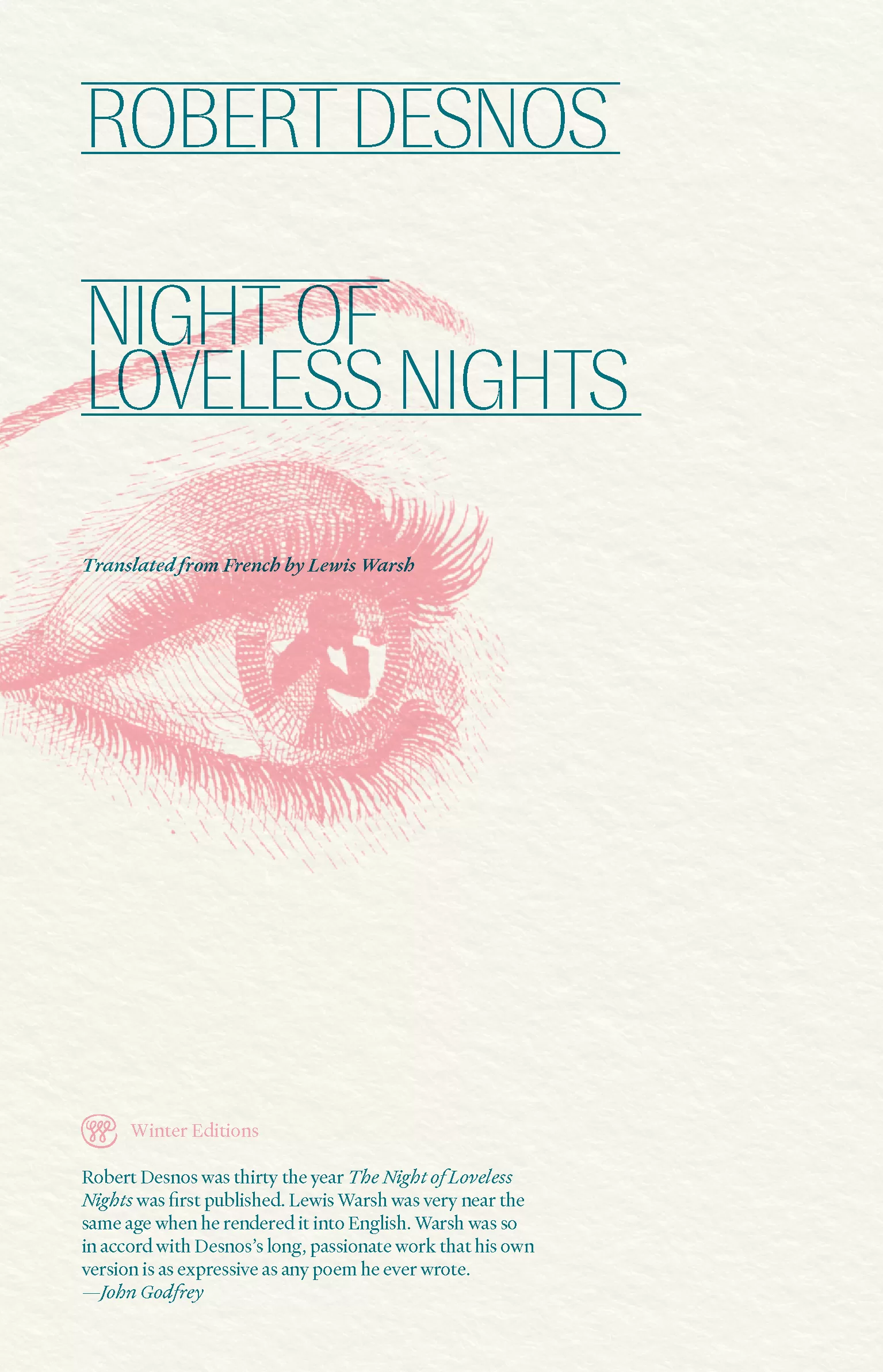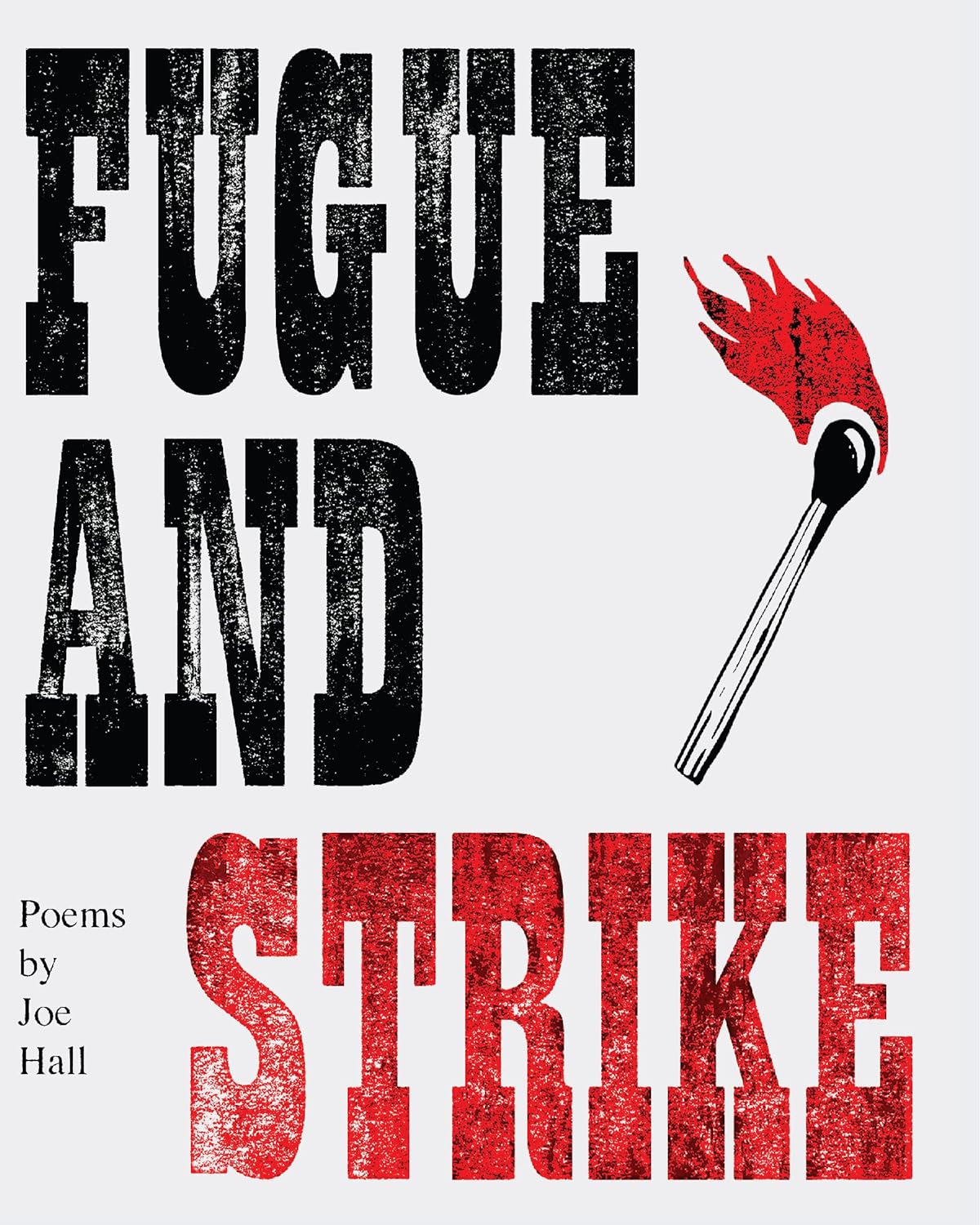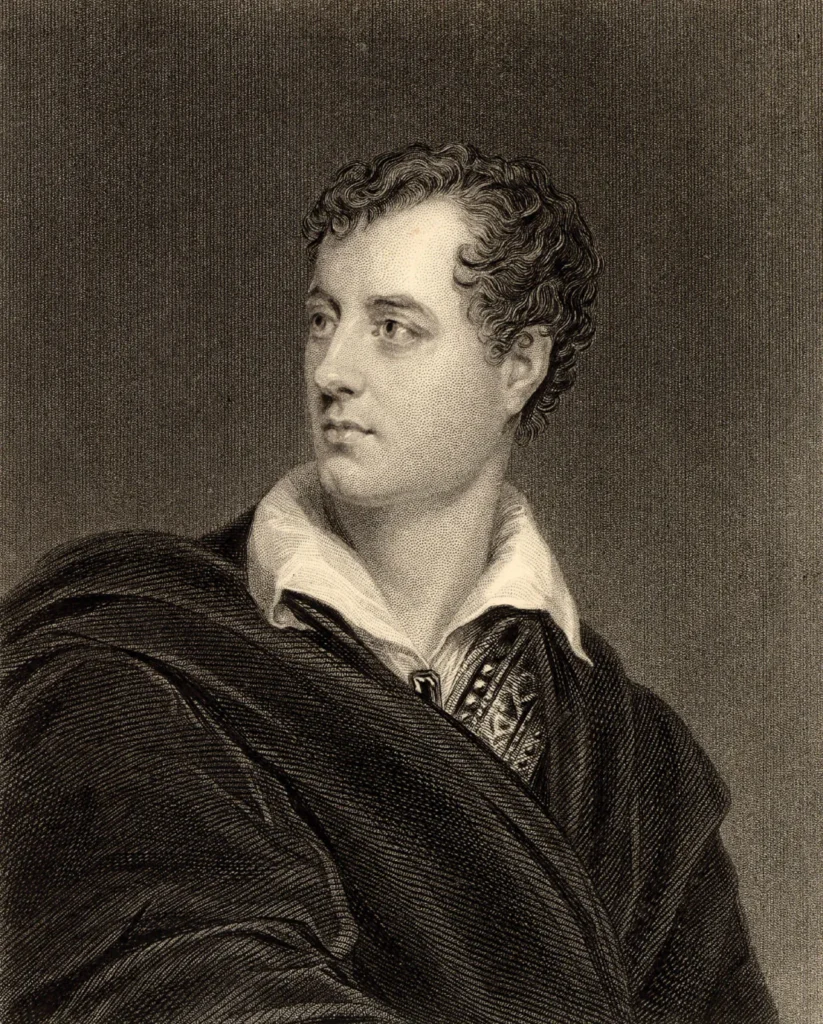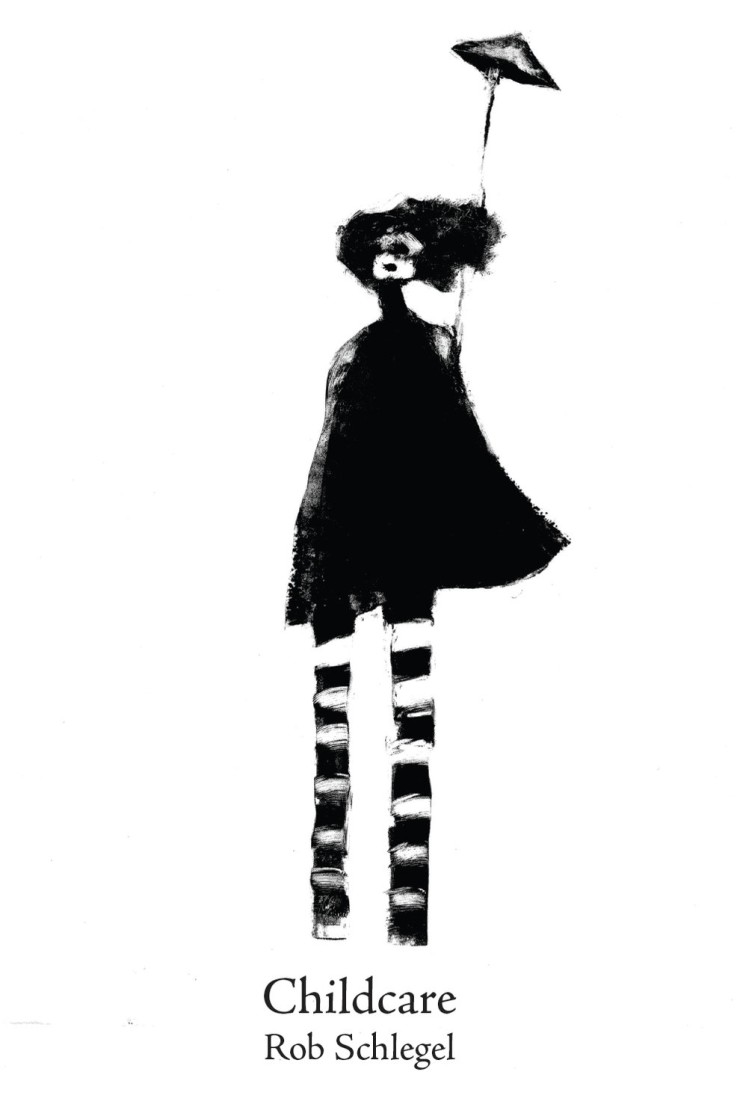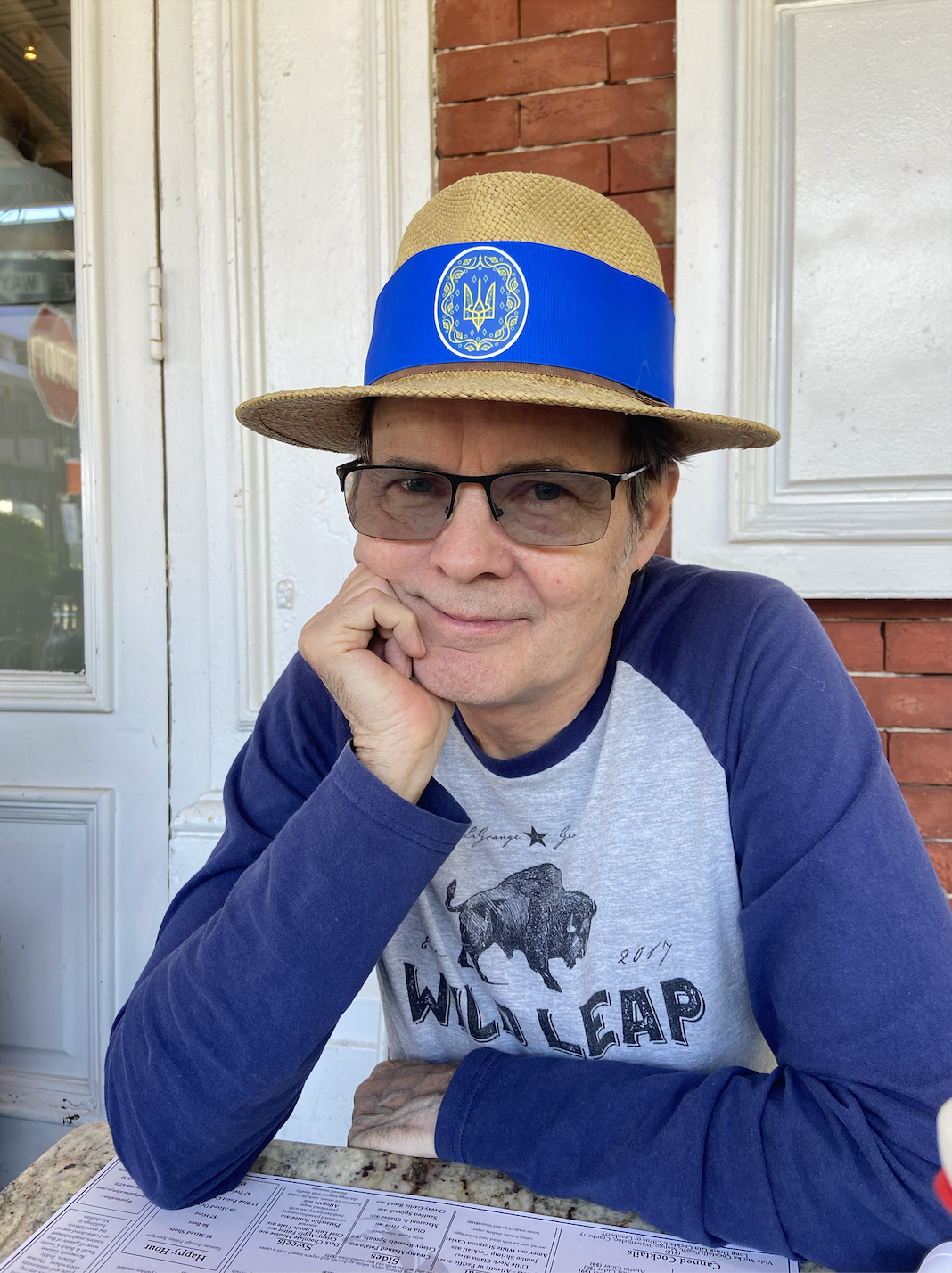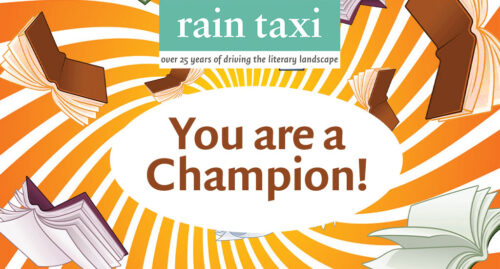by Jim Feast
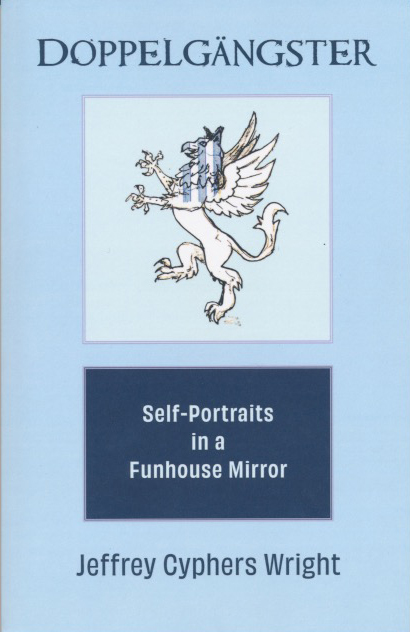
A self-described New Romantic poet, Jeffrey Cyphers Wright is also a publisher, art and literary critic, eco-activist, impresario, filmmaker, and visual artist. He is author of nineteen books of poetry, most recently a collection of sonnets and collages titled Doppelgängster: Self-Portraits in a Funhouse Mirror (MadHat Press, $21.95); his work has also appeared in anthologies ranging from Best American Poetry (Scribner, 2023) to Contemporary Surrealist and Magical Realist Poetry (Lamar University Press, 2022).
Wright, who published the long-running all-arts magazine Cover in the previous century and now publishes Live Mag!, has received the Kathy Acker Award for his publishing and writing. In the following interview, we discuss how all the doubles and others in his life as a poet add up to a singular, ongoing practice.
Jim Feast: My first question stems from a conversation we had about one of the poems in Doppelgängster, “Truth vs. Meaning”—you said that poem was “off to the side” of the main themes of the book. So, could you clarify what those main themes are?
Jeffrey Cyphers Wright: The themes, motifs, and icons that appear in the collages and poems engage a muse. My subjects represent a search for individuality within a context of membership in a family, a tribe, and a relationship. Romantic love, sex. A pioneering spirit harkening to my upbringing in West Virginia and Arizona. And being hep, defined in some older dictionaries of slang as “someone who could swing on any scene.” I wanted to be that someone. A merger of the Beat’s forbidden fevered pitch and the New York School’s breezy, cosmopolitan elan.
“Truth vs Meaning” presents a larger-than-life character, a sort of Everyman called “Mr. Universe.” It hints at political strife, personal responsibility, and selflessness, but after a bravura beginning, the character fumbles—he is after all, “outré” himself, eccentric but prepossessing. Never quite fitting in and yet bearing within himself nobility, agency, and aplomb. Like a troubadour, he is staying in someone else’s castle, or as this poem has it, he finds himself on a set, as if in a dream.
JF: How do the themes inform your process?
JW: Themes help structure the poems and propel them along. They color in the persona and become like characters in a play, providing an anticipatory tone. Double entendres and conundrums vibrate. Phrases blur momentarily before snapping into focus, as when “a naked siren and a burning fire engine” are contrasted in an ironic exchange. Such super-packed images hint at Symbolism but generate new, contradictory meanings. Going back to “Truth vs. Meaning,” a false choice is offered between related—but separate—ideals.
JF: Your poems are full of complex interplays and inlaying—I have to ask how you put them together.
JW: You “hear” a phrase in your mind and go: get up some steam, mumble along trying to say something, a twist here, a turn there, and invent, record, note, steal, personify—“November is packing its brown valise.” I’m attuned to alliteration, music, rhyme, cadence, association, appropriation, even affectation—I use everything in the craft box to keep going with white hot volition.
Then you can rearrange lines and edit bits here and there. Sometimes the initial impulse is erased in the revision. Some poems are really opposed to being written in one rush. Still, poems that need too much editing probably aren’t worth it. As Ted Berrigan, my mentor, said mercifully, “A poem doesn’t have to be perfect. It just has to work.”
JF: In “Les Fleurs de Nuit,” you use the phrase “lead by dreaming,” which brings up a key dimension of your writing. You often begin with an evocation of a time and place: “Old dandelions tip / white hats to the wind.” Surprisingly, such evocations are followed by dream images: “We were toys in Babeland.” Can you comment on your combination of nature poetry with surrealism?
JW: That title began as an allusion to Baudelaire, but it’s also an unintended metaphor for dreams. That poem is unusual for me in that it has six dreams in it leading up to the final couplet, so it all fits together. I like to stick a dream in a poem if I can. It’s like an ingredient that most recipes can use—and inherently authentic.
Sometimes nature suggests a lesson. In “Rough Patch,” after “Old dandelions tip / white hats to the wind” comes “What’s above, calls / on what’s below.” We want to rise to the call. Nature becomes a stand-in for the muse, I think. I look and listen and maybe hear an inspiring line of description in my head. Images are the bones of a poem, and lyricism is the heart. From there you can jump-cut to other quotidian or ethereal elements.
“Learn by doing—lead by dreaming” is a misquote that I worked up. The poet is often seen as a dreamer. I think people look to poetry and dreams for the same things—magic, prophecy, and wisdom. One could also say learn by leading. The poet is fulfilling a shamanistic role in society, so there is often a moral bedrock revealed or an ambition pursued. Poetry has a spiritual quality people seek, especially as organized religion fades and leaves a vacuum. This is not new, but it is dire. The original Romantics saw nature as a gateway drug to the sublime.
People can be drawn to poetry for information as well as for an emotional reward. So I research topics and make the poems informative. It’s also good to balance adages, epigrams, encomiums, and dictums, such as “lead by dreaming,” with natural elements. It’s okay to make statements: “Let us be measured by devotion.”
I keep my eyes peeled for some connection with the natural world that suggests a simile such as “the wolf moon goes down like butter.” My poem “Temporary Sanity” starts off with a stanza that observes the natural world:
Winter’s white heart steams.
Venus pins night to the sky.
A few stars are hung out to dry.
And then I switch tracks, introducing the persona/observer who moors the collection: “On call at the dream hospital, / my gang of bells rings.” From there the poem goes into a persona-driven New Romanticism, interacting with the muse:
Listen. Your canals can hear
my eyelids beating time
into wings of gold foil.
This nod to classic Romanticism deepens the texture, mixing into and counter-balancing the jaunty banter. The poem is an embodiment of their juncture, their jouissance (and, yes, there is sexual content).
In the final couplet, the poem returns to the wider world it began with and ends up personifying nature: “Snow only really talks / when it starts to melt.” It suggests that to commune with our inner nature and each other, we must let down our guard. It also hints at the specter of global warming.
JF: Your poems often feature playful reversals and scrambling of cliches and commonplaces, which to me suggests a rejection of the dead language of banality. The line “I always led from the back of our class. / . . . It wasn’t / our thing to be official” suggests this rebellious stance began in high school.
JW: Yes, e.e. cummings and his nonconformity changed my world in high school. Playing with language is key for me. And I like that you say “commonplaces.” One can convert the cliche to make it a touchstone, a common denominator between the audience and the abstracted landscape of the poem. My classmate at West Virginia University, Jayne Anne Phillips, told me not to use cliches in 1972, but it only made me more aware of them as a class of phraseology that could be mined. Palindromes, anagrams, typos, malapropisms, mondegreens—all these offer new ways to “crack” the code, break the rules, refresh language, and find new meanings when combined with subjects that range from the personal and ordinary to the political and environmental.
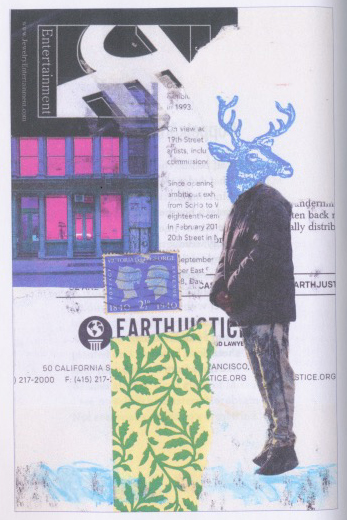
JF: You mentioned your use of a persona. This persona, moving amid the reverses and outpourings of your vivid language, seems a slippery fellow, yet he also anchors the proceedings.
JW: He’s very slippery, but also revealing. The persona is upholding a set of principles, adhering to a standard as the troubadours did, and spreading knowledge of proper behavior for a courtier (see Paul Blackburn’s translations). Ted Berrigan’s “Code of the West” exemplifies this impulse to transcribe the tenets of the tribe and identify its boundaries.
You have to lure a reader and then steer them through the poem using both conventions and inventions. You pack meaning, knowledge, and experience within the artifice of whimsey, lyricism, and imagery to create insight. And frankly, there’s an entertainment aspect audiences go for.
Myths are another inspiration/ muse source: “Hello, Sybil. Old fortune teller.” Orpheus, Pinocchio, Santa, Cupid, Hippolyte, Circe—my persona hangs out with the myths to become a legend. Ed Sanders wrote about this with regard to the myth-making of Charles Olson, that he could do it “safely & without duplicity.”
The central thrust is simply discovering an order while pursuing varying threads to a conclusion. As my old landlord used to say, “Work hard, have fun.” Celebrate life and contribute.
JF: Your poems are chock full of amazing epiphanies; have any come via a personal epiphany?
JW: A breakthrough moment came in an Alice Notley workshop. She instructed us to write while she read some texts. My effort became “Malaise in Malaysia,” and you can see the word play there, the alliteration, assonance, and anagrammatic quality. It was a revelation about how a poem could be stitched together from various patches of language to make a crazy quilt.
JF: Your poetry also draws language and metaphors from many different realms, and as a publisher, you created Cover Magazine and then Live Mag!, both of which combine art and writing from various fields. I see in the publishing a link to your poetry’s all-embracing tendency.
JW: All-embracing—I like that. Ted Berrigan was rather “all-embracing.” In 1978 he told us young guns at St. Mark’s to start a magazine—publish your friends and some poets you really admire. I’ve been doing that ever since. Publishing has encouraged me to reach out to writers and widen the horizon.
My girlfriend told me one should read twenty poems for every poem they write. I never had better advice. Running a magazine means you really live with poems—choosing, designing, proofing. Reviewing is even more insightful; you see patterns emerge in others’ writings that may later become part of your own lexicon. The magazines are especially helpful in creating events and maintaining community. Writing art criticism also hones my language skills.
JF: You have often spoken of your poetry as part of the New Romanticism. Can you describe more about this movement?
JW: It’s about extending beauty and experiencing passion. At Brooklyn College (where I studied with Allen Ginsberg and William Matthews), I became enchanted with Sir Thomas Wyatt and Sir Philip Sydney, who brought the sonnet, the persona, and a proto-Romantic impulse to the forefront. (I was also having a torrid affair and was deeply in love; my muse liked that.) I learned about Romantic symbolism such as the “blue rose” and discovered John Clare (one of John Ashbery’s favorites). The Romantic impulse never goes away. A lot of erudition started going into my work, and that continues.
There was also a New Romantic moment in the late 1980s that included fashion, classical music, and art, and I felt tied in with that. Lord & Taylor ran an ad in the Times that blared “New Romantic” and I used it in a workshop I taught. I thought we needed a better tagline than “New York School Third Generation” or “St. Mark’s poets.” And I still believe the emotional tenor of the Romantics is built into our poetry DNA, as is Surrealism. I find New Romantic qualities is in the work of contemporaries like Elaine Equi, Will Alexander, Bob Holman, Dorothea Lasky, Sampson Starkweather, Kevin Opstedal, and Andrei Codrescu.
JF: Another thing that gives your poems traction is reference to family. You say, for instance, “From my mother I inherited // easy grace and savior faire.” In the poems, this network of relations includes friends and colleagues, too.
JW: Before I got to New York in 1976, my family moved a lot as my father climbed the academic ladder. So, we were a tight family, but I had to keep making new friends, and I was keen on knowing the latest slang as a point of entry.
I saw the New York school mentioning their friends all the time, and it worked for me. I’m in awe of my circle: “What dudes we be, / skimming masks of glass / across a bourbon sea.”
JF: Some poems in the book are paired with your drawings and collages. It’s almost a chicken-egg situation: Did a picture inspire a poem, or did the poem lead to the visual art? How do words and images interact in Doppelgängster?
JW: There is a recurrence of iconographic/archetypal imagery that appears in both my text and visual work. Sometimes the two overlap, but they’re not usually created simultaneously. Pinocchio is a natural “persona” for me to identify with—along with many others who have appeared over the years—so Pinocchio appears in both a poem and artwork. Other subjects include Tinker Bell, Aladdin, chimeras like the mermaid and the gryphon, and mythic characters.
Once I have a motif, I tend to recycle it from time to time. The cuckoo clock is an example of a motif I was repeating both in verse and imagery. Lori Ortiz, who designed the book, made the pairings based on feeling and tone, as well as subject.
So I would say these are parallel practices. There is a collage quality to my poems—juxtapositions of images, shifting scales and perspectives. A palette of varying textures. Rhyming shapes. Different directional focuses. The collage is built, and the poem is too—with a lot of pondering, structuring, and conjuring.
JF: In an artist’s statement you sent me in an email, you say these poems bring two aspects of your personality into juxtaposition, yielding “self portraits partially created by admitting an ‘other’ self (a doppelgänger).” Do you anticipate psychic benefits from this doubling?
JW: Hopefully. [Laughs] You can only see yourself in a reflection in a mirror, a lover, or a muse—or in self-reflection. Self-reflection is another way of developing character, and you can find this ‘other’ self by trying to meet the challenges a poem requires. One deals continuously with the duality of being one among many, the observer and the observed, and to the extent that these two interact, the more the poems live.
The poem is an instrument that looks into your soul—both writer and reader.
